Baldur’s Gate 3 has made significant improvements over Divinity: Original Sin 2 that fans will find enjoyable. Those who like roleplaying games can appreciate Baldur’s Gate 3 as a very faithful representation of the Dungeons & Dragons 5e rules in a video game, taking the usual tabletop experience of “pen and paper with occasional battle mat” and turning it into a visually impressive turn-based show. However, Baldur’s Gate 3 isn’t Larian Studios’ first attempt at creating a D&D-like experience. Some fans view Divinity: Original Sin 2 as a demonstration that Larian Studios can successfully adapt D&D 5e into a video game.
For players who have enjoyed Divinity, and are curious about Baldur’s Gate 3, it’s worth exploring what improvements the game offers compared to the already well-received Original Sin 2. Besides the change in setting and different gameplay mechanics, how does Baldur’s Gate 3 demonstrate an evolution in Larian Studios’ RPG approach?
Mechanical Limitations Make More Interesting Setups
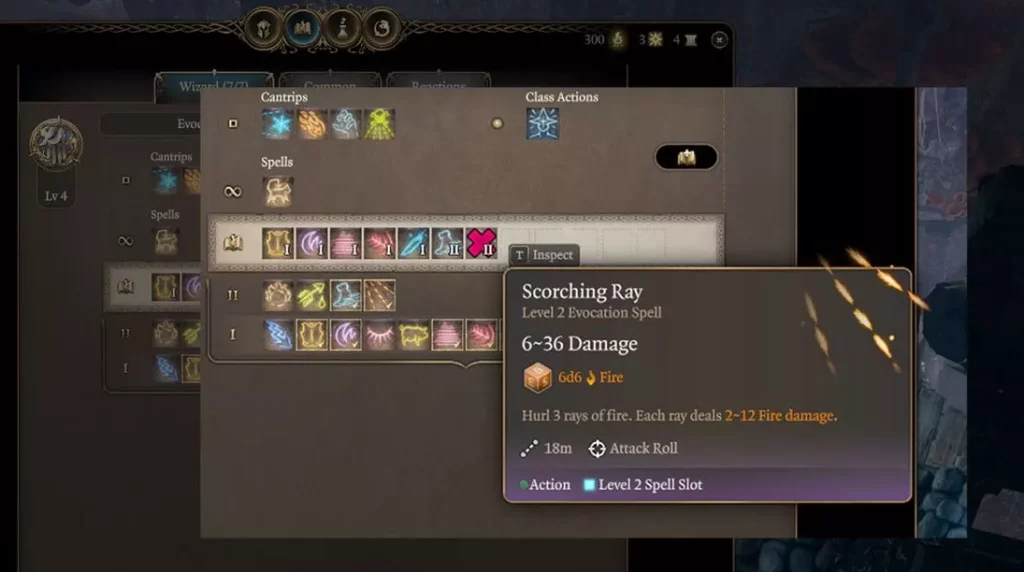
The freedom to create various character builds is a standout feature in the Divinity: Original Sin 2 experience, especially due to the fact that all characters can acquire a blend of both martial and magical Skills available in the game. However, Baldur’s Gate 3, in its adaptation of D&D mechanics, introduces defined limitations to character builds. Each Class comes with specific Features and a selection of Spells that distinguish them from other options.
While players have the option to Multiclass and select another Class to gain its advantages, this choice does come at the cost of forfeiting the endgame benefits of the original Class. This approach in BG3 prompts players to craft builds that align more closely with their requirements, unlike the approach in DOS2 where characters could essentially encompass nearly identical sets of Skills.
Faerun Packs More Depth Than Rivellon

Where Faerun improves compared to Rivellon is in its depth. With decades of literary material available, it can better portray interconnected chains of events based on the storyline cues that Larian Studios aims to incorporate into the Baldur’s Gate game. This added depth becomes apparent right from Act 1. Building upon the storyline cue of a Mindflayer initiating a large-scale invasion of Faerun through psionic parasites, a range of situations can arise.
Firstly, the Githyanki are likely to resist their former overlords (the Mindflayers) to prevent further harm within the Astral Plane. Additionally, the lack of organization among Goblins could make them an ideal “local” invading force, leading to anxiety among nearby societies and the potential for internal conflicts. Lastly, players becoming infected without fully transforming into Mindflayers can create a personal incentive that draws them into the broader narrative.
Character Stories Are More Personal To The Setting
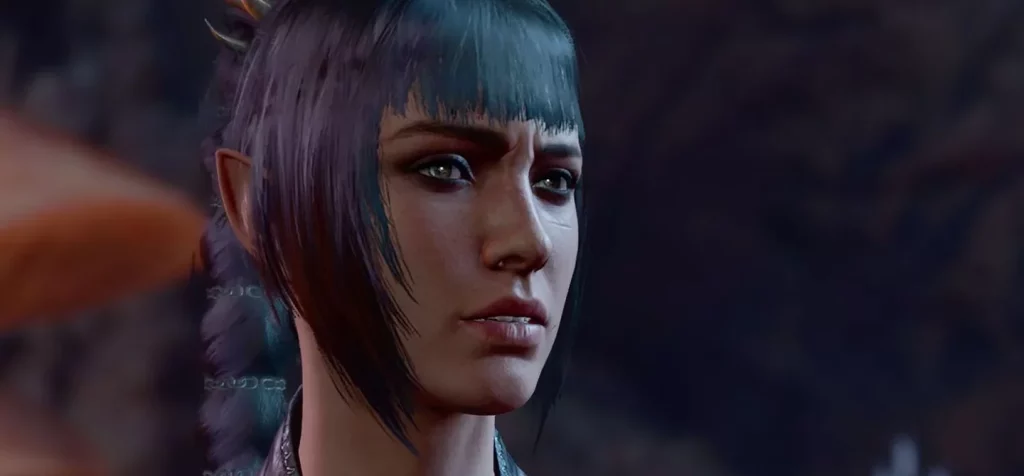
Similar to how it was done in Divinity: Original Sin 2, players of Baldur’s Gate 3 have the option to choose a pre-made Origin for their main character and key Companions. These characters have their own personal stories that play a significant role in building relationships with players. Just as in DOS2 where players take on the roles of Sourcerers and eventual Divinities, the characters in Baldur’s Gate 3 are True Souls whose possession of the Mindflayer parasite is crucial to the invasion of Faerun.
However, Baldur’s Gate 3 refines this approach to characters by infusing more individual significance rather than simply having backstories that coincidentally relate to the plot. For example, Astarion’s parasite grants him the ability to endure sunlight despite his vampire nature, Gale harbors an enigmatic craving for Magic Items, Wyll’s infection disrupts his pursuit of fellow Origin Karlach, and the Dark Urge compels players to grapple not only with a Mindflayer worm but also homicidal inclinations.
Rolls Become More Satisfying
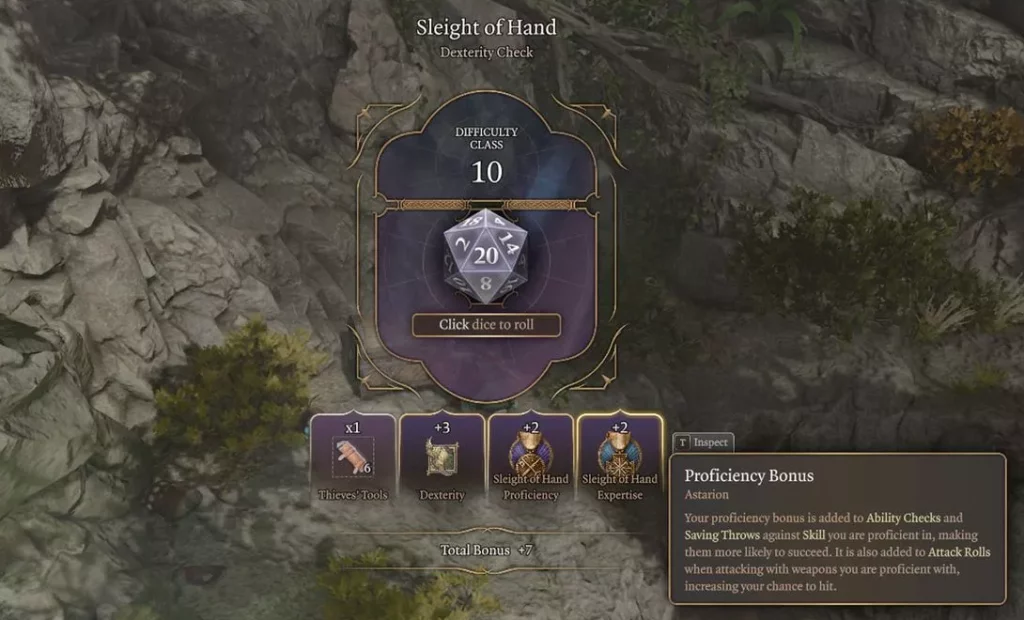
Gamers who are familiar with titles such as Divinity: Original Sin 2 might observe a similar interactive shift when their characters attain a certain level of proficiency in specific Attributes or Skills. This indicates their competence in executing special actions like making threats or persuasive efforts. These enhancements tied to skill mastery resemble the concept of Skill Checks found in D&D and other role-playing games, granting players the ability to perform distinct actions based on their character’s expertise.
However, unlike the approach in DOS2 where reaching particular Attribute thresholds guarantees unique dialogues, in Baldur’s Gate 3, achieving the same skill levels merely opens up the opportunity to attempt those actions. Players are still required to roll dice to determine the success of their maneuvers, and the game provides bonuses through established Proficiencies and buffs. This system replicates the notion of confidently navigating a conversation that still holds a chance of not going as planned, resulting in both gratifying and amusing interactions.
Camp Wins Versus Bedroll
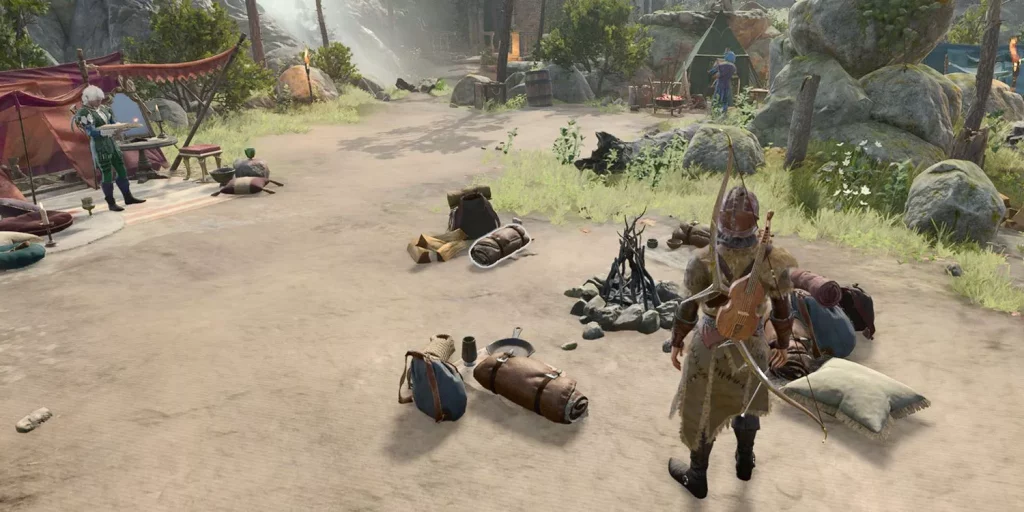
The inclusion of Bedrolls significantly enhances the convenience of adventuring in Divinity: Original Sin 2, particularly due to their ability to swiftly heal the party upon use. This eliminates the need for repeated employment of healing Skills like First Aid, promptly restoring the group’s combat readiness. However, in the context of Baldur’s Gate 3’s adaptation of D&D mechanics, players now have access to both Short and Long Rests. Notably, the latter transpires within the confines of a Camp.
This Camp area incorporates personalized tents designated for Companions and, notably, offers a means to fully rejuvenate the team’s capabilities, provided they possess sufficient Camp Supplies. Prior to resting, players have the opportunity to engage in conversations with Companions regarding the day’s events, fostering impactful interactions that deepen their relationships. While the Camp effectively serves the purpose of healing akin to the Bedroll, the supplementary opportunities for downtime activities imbue the act of resting with a sense of anticipation and enrichment.
Background Rolls Make Attributes Matter
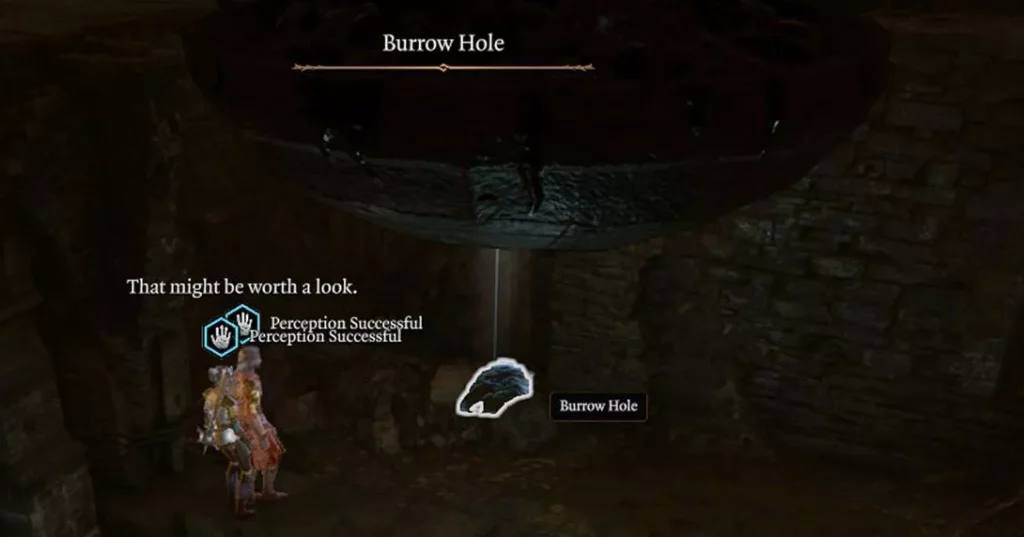
Much like the approach seen in Divinity: Original Sin 2 and other role-playing games, Baldur’s Gate 3 provides players with distinct dialogue options that vary based on their Attributes. In this iteration, BG3 introduces spontaneous Checks that can lead to the Narrator delving deeper into an NPC’s statement, drawing upon the character’s knowledge of the subject within the context of their Class and Background.
Drawing inspiration from how a traditional Dungeon Master in real D&D sessions might request players to make impromptu rolls, the game automatically performs these rolls when situations necessitate them. For example, when entering a temple, players might encounter mandatory Religion Checks while standing before a statue. Successful outcomes could prompt Companions to offer responses that align with their knowledge. Additionally, unexpected Insight, Nature, and Perception Checks might unveil unique interactive elements such as mounds or buttons, enhancing both the exploration aspect and the richness of dialogue interactions.
Short Rest Is Better Than First Aid
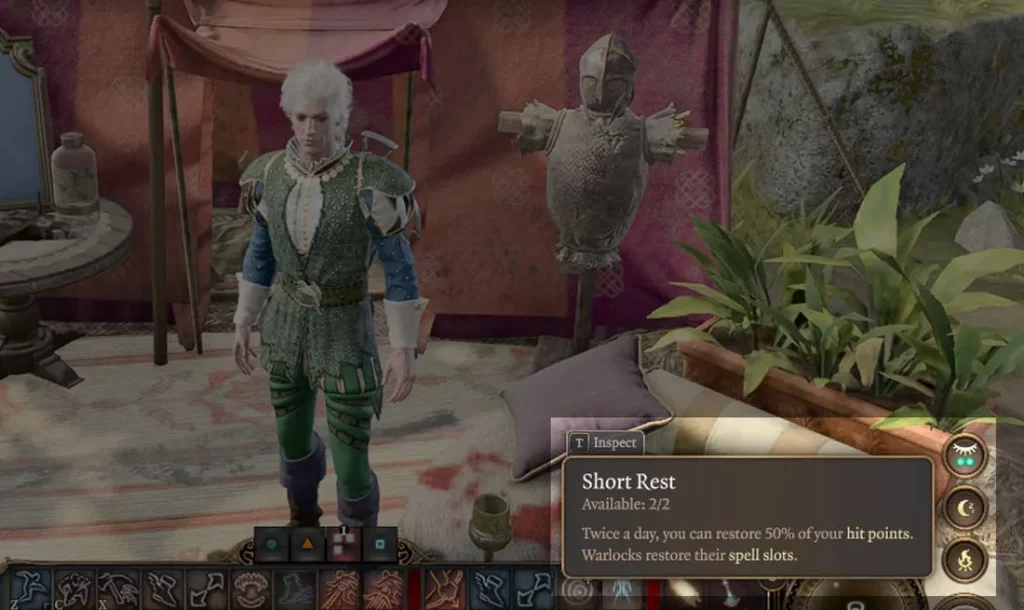
Although the Camp serves as a convenient means for players to achieve full healing, the requirement for Camp Supplies introduces an additional layer of consideration. The introduction of Food as an active resource amplifies the potential challenge of rationing supplies, particularly for players engaged in higher difficulty levels. This is where Short Rests come into play, providing an alternative approach. During a Short Rest, players can restore a modest amount of health and replenish some resources without necessarily expending Camp Supplies. This allows for a tactical restoration, providing just enough energy for a couple of encounters while reserving the Camp Supplies for more substantial healing.
Comparatively, this mechanism may seem more intricate than Divinity: Original Sin 2’s counterpart in the form of the First Aid Skill. Accessible to characters with a point invested in the Huntsman skill, First Aid instantly restores the health of a target in addition to curing ailments. Although this instant-heal is a practical solution, the resource management inherent in the Short Rests of Baldur’s Gate 3 can imbue a sense of authenticity, catering to players who wish to embrace a more immersive roleplaying experience within the game.
Mage Hand Is More Thematic Than Telekinesis
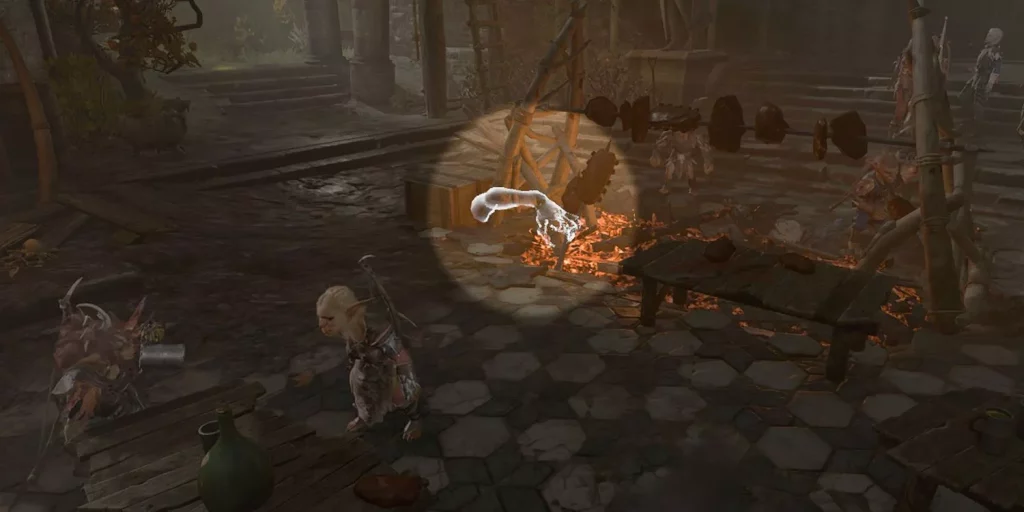
The tradition of incorporating mechanics like throwing and stacking items has become a signature of Larian Studios’ games. This feature is purposefully integrated to grant players greater freedom to interact with and manipulate their surroundings. This aspect serves as a cornerstone in both Divinity: Original Sin 2 and Baldur’s Gate 3 gameplay. The utilization of such a mechanic, along with the playful antics it facilitates (such as crafting makeshift staircases by stacking items or inflicting damage by hurling heavy objects), has elevated the Telekinesis Skill to a virtual necessity within every DOS2 party. Its D&D counterpart, Mage Hand, similarly plays a vital role in shaping the strategic complexity of Baldur’s Gate 3.
Nevertheless, it is worth noting that Telekinesis can be seen as a somewhat streamlined mechanism primarily geared towards expediting item manipulation. This contrasts noticeably with Mage Hand, which takes the form of a spectral “familiar” accompanied by a weight limitation, a feature that retains thematic relevance to its association with spellcasters. The inherent weight restriction inherent in Mage Hand effectively challenges a player’s inventiveness, augmenting the satisfaction derived from activities like item-stacking and item-throwing.
Food Matters In Faerun
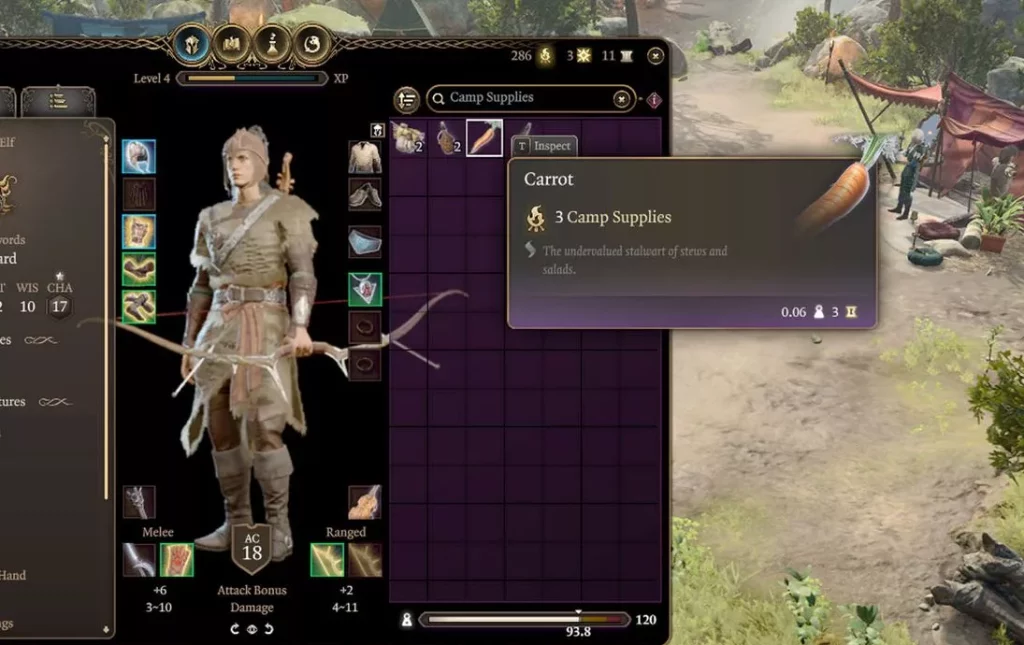
The immersive nature of Divinity: Original Sin 2 emerges from its extensive array of interactive objects, down to the minutiae like individual pieces of food that can be interacted with – either tossed around or consumed for a modest health boost. In Baldur’s Gate 3, the presence of food remains, but it serves a more substantial purpose beyond simple nibbling or casual tossing. The introduction of the Camp system in Baldur’s Gate 3, encompassing comprehensive healing and recreational activities, imbues even a solitary Wine Bottle with crucial significance for the player’s survival.
Within the realm of Baldur’s Gate 3, embarking on a Long Rest within the confines of the Camp necessitates the accumulation of 40 Camp Supplies. These supplies are sourced from either Supply Packs or items akin to Food. In scenarios involving heightened difficulty levels, players may find themselves compelled to rest more frequently, a pattern that can swiftly deplete their cache of Camp Supplies. It becomes prudent for players to actively seek and gather as much Food as possible to mitigate such setbacks. It’s important to note that Camp Storage remains distinct from general inventory, ensuring players can amass provisions without the risk of becoming encumbered by excessive weight.
